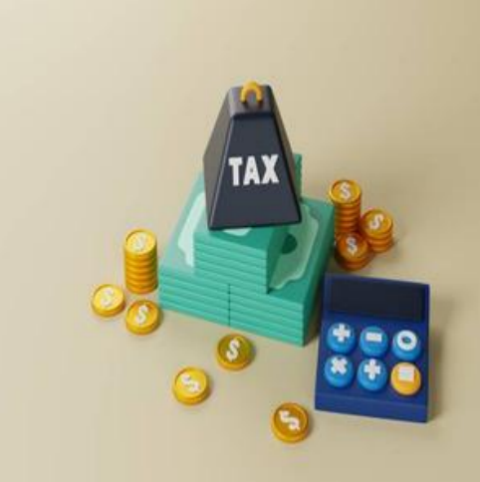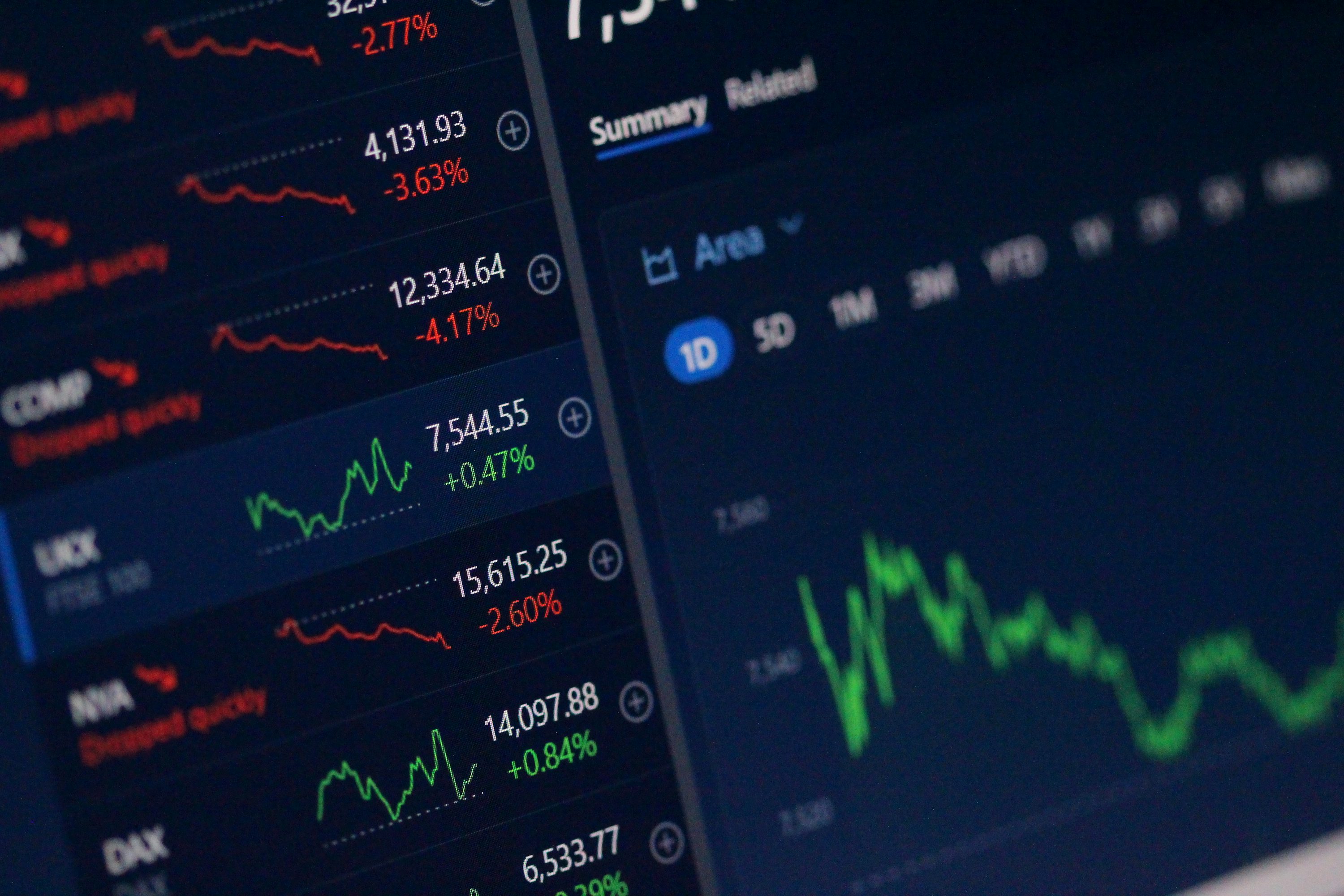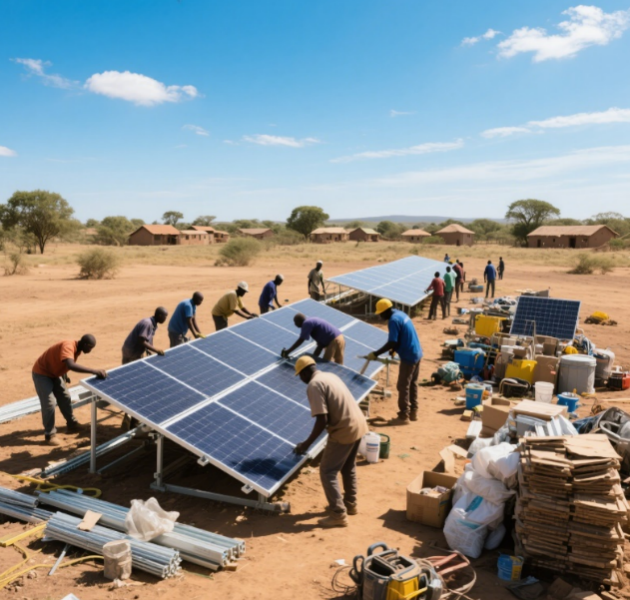
As Africa strives to electrify 600 million unconnected citizens by 2030 under its Electrification Strategy for Africa, the continent faces a critical challenge: bridging a $120 billion annual green energy finance gap. Traditional funding sources—government budgets, multilateral grants, and development loans—cover less than 40% of needs, leaving a vast opportunity for impact investors. Public-private partnerships (PPPs) emerged as a transformative model, aligning government policy with private capital to unlock solar and wind projects that drive both financial returns and sustainable development.
The Scale of the Energy Access Challenge
Africa’s energy deficit is both a crisis and a catalyst. Currently, 54% of sub-Saharan Africa lacks reliable electricity, with rural areas relying on costly, polluting diesel generators. Yet the continent boasts unparalleled renewable potential: 60% of the world’s best solar resources and 30% of global wind energy capacity. Harnessing this requires $2.8 trillion in investment by 2040, according to the International Renewable Energy Agency (IRENA)—a sum far exceeding public sector capabilities.
PPPs address this gap by pooling resources: governments provide regulatory frameworks, land concessions, and partial risk guarantees, while private investors bring capital, technical expertise, and operational efficiency. For example, Nigeria’s Solar Home Systems PPP blends World Bank grants with private financing to deploy 5 million off-grid solar units, reducing reliance on kerosene and creating 100,000 jobs. Such models prove that blending concessional finance with commercial capital can de-risk projects for private investors.
How PPPs Drive Renewable Energy Deployment
1. Risk Mitigation Through Structured Partnerships
PPPs mitigate three core investor concerns: policy instability, currency risk, and off-taker credit risk. In South Africa’s Renewable Energy Independent Power Producer Procurement Programme (REIPPPP), the government signs 20-year power purchase agreements (PPAs) with private developers, guaranteeing revenue streams in hard currency. This structure attracted $35 billion in private investment since 2011, commissioning 10 gigawatts of wind and solar capacity—enough to power 15 million homes.
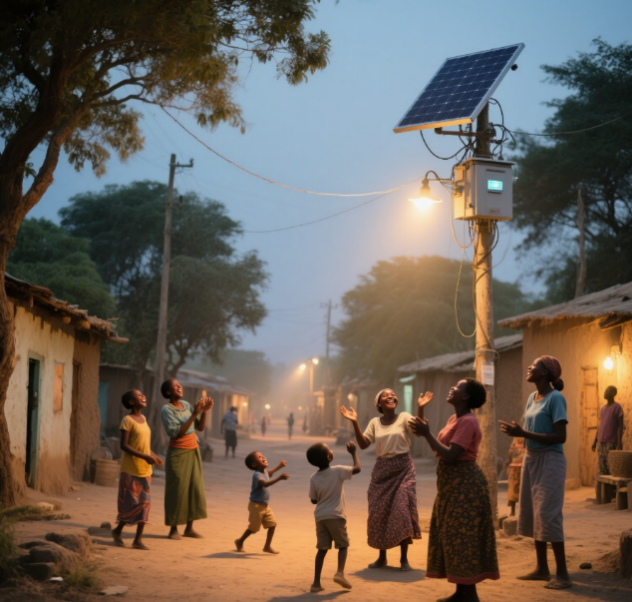
2. Scaling Mini-Grids and Off-Grid Solutions
For remote communities, PPPs enable decentralized energy access. Kenya’s Lightsource BP Mini-Grid PPP combines government subsidies with private equity to build 100 mini-grids in rural counties. Investors earn returns through prepaid electricity sales, while the government ensures tariff affordability via voucher systems. These projects not only electrify households but also power small businesses, driving local economic growth—a dual impact that appeals to ESG-focused funds.
3. Leveraging Concessional Finance for Catalytic Impact
Development finance institutions (DFIs) like the African Development Bank (AfDB) play a pivotal role by providing first-loss guarantees and low-cost debt in PPPs. In Senegal’s Touba Solar PPP, the AfDB’s 50million risk guarantee attracted 200 million in private equity, enabling the construction of a 50 MW solar farm that reduces the country’s reliance on fossil fuels by 15%. Such leverage ratios (1:4) demonstrate how public funds can amplify private investment in high-potential markets.
Opportunities for Impact Investors
• Solar Dominance in Small-Scale Applications
Rooftop solar and mini-grids present low-ticket opportunities with 12–15% IRRs, according to BloombergNEF. Companies like Ampion in Ghana use PPP models to finance solar installations for schools and clinics, generating stable returns from government-backed payment plans.
• Wind Energy’s Utility-Scale Promise
Large-scale wind projects in North Africa and South Africa offer 8–10% returns, supported by PPAs linked to regional power pools like the Southern African Power Pool. Morocco’s Noor Midelt Wind Farm PPP—a 500 MW project—secured $1.2 billion in private investment by integrating local content mandates, ensuring shared value for communities.
• Regulatory Tailwinds
African governments are streamlining PPP frameworks: Egypt’s new Renewable Energy PPP Law reduces permitting delays from 18 months to 6, while Ethiopia’s PPP Office fast-tracks solar projects in its 10 GW electrification plan. These reforms lower transaction costs, making projects more bankable.
Challenges and the Path Forward
While opportunities abound, challenges remain: currency devaluation risks in frontier markets, inconsistent regulatory enforcement, and limited local capacity for project management. Mitigation strategies include:
Currency Hedging: Structuring PPAs in USD with sovereign guarantees, as seen in Angola’s solar PPPs.
Local Partnerships: Collaborating with African developers like SunFunder to leverage regional expertise.
Blended Finance Vehicles: Creating funds that combine DFIs’ patient capital with private equity’s return expectations, as demonstrated by the Africa Renewable Energy Access Fund.
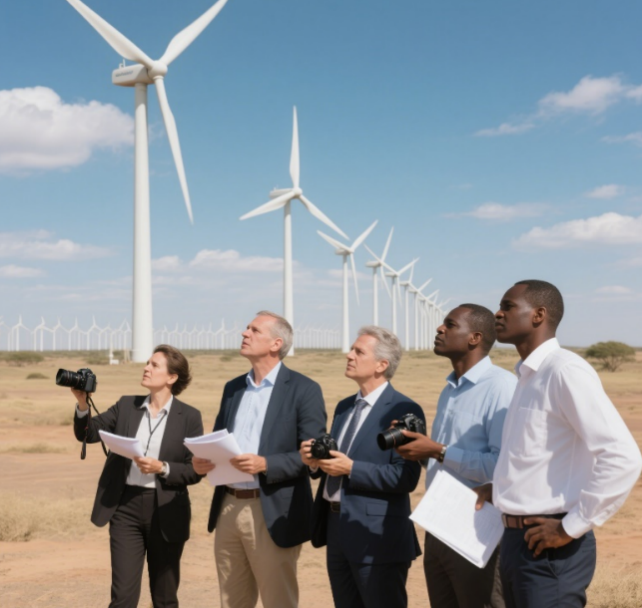
Conclusion
Africa’s green energy finance gap is not a barrier but a blueprint for innovation. PPPs offer impact investors a unique proposition: market-rate returns alongside tangible development outcomes—electrifying homes, creating jobs, and cutting carbon emissions. As the continent accelerates toward its SDG 7 goals, those who embrace PPP models will not only bridge the finance gap but also shape a sustainable energy future for 1.4 billion people. The time for strategic, values-aligned investment in Africa’s solar and wind revolution is now—where profit and purpose converge in the sunniest, windiest continent on Earth.


